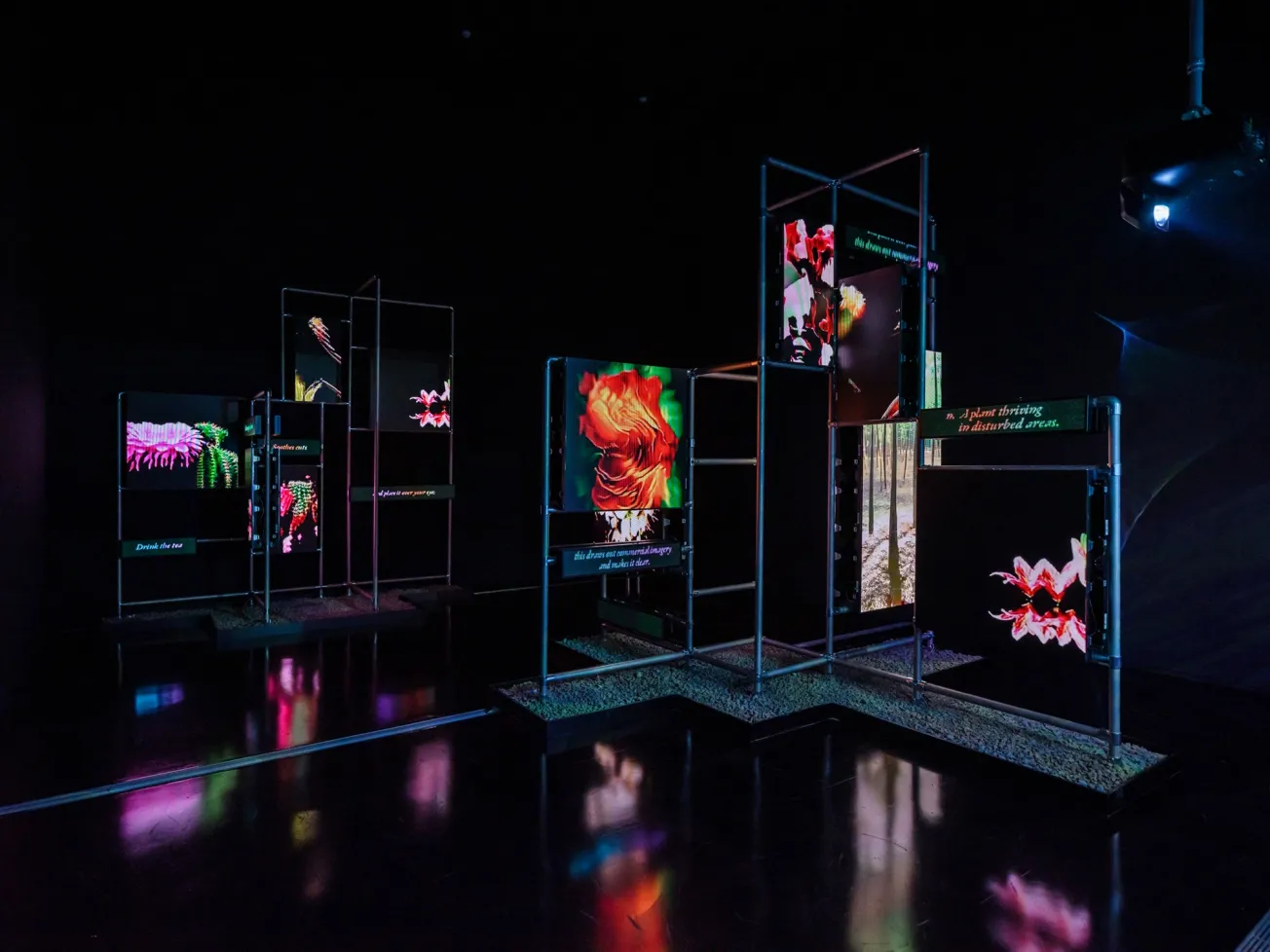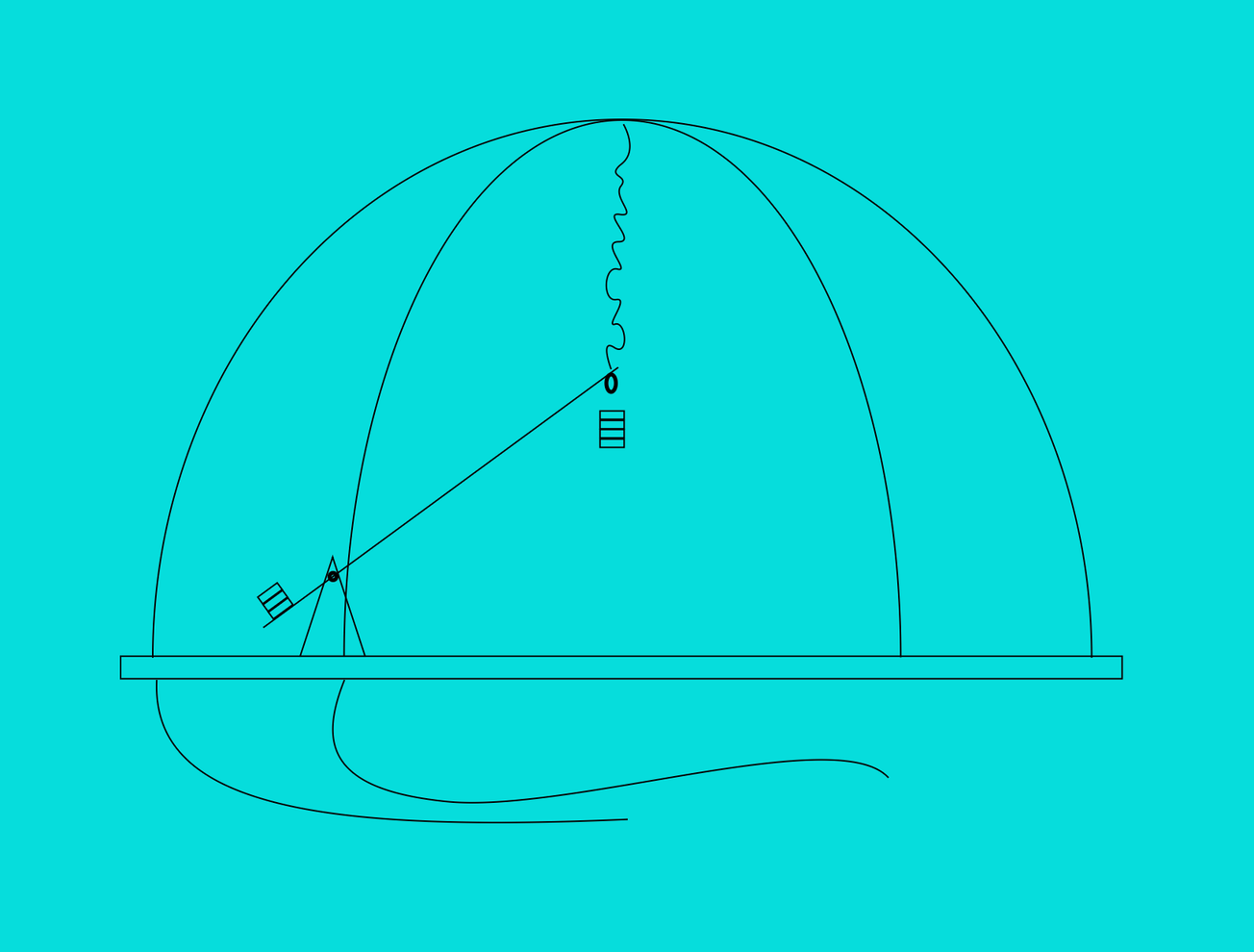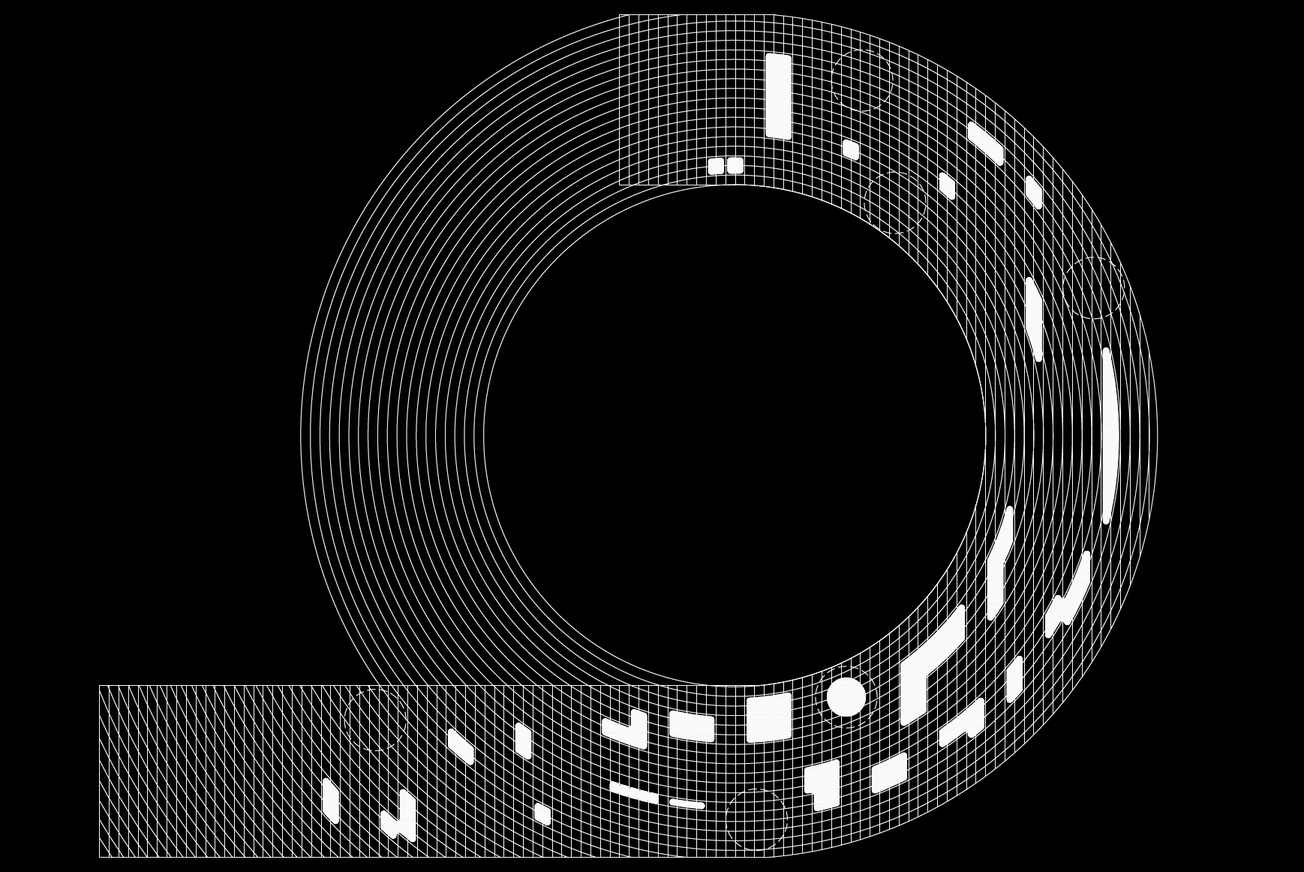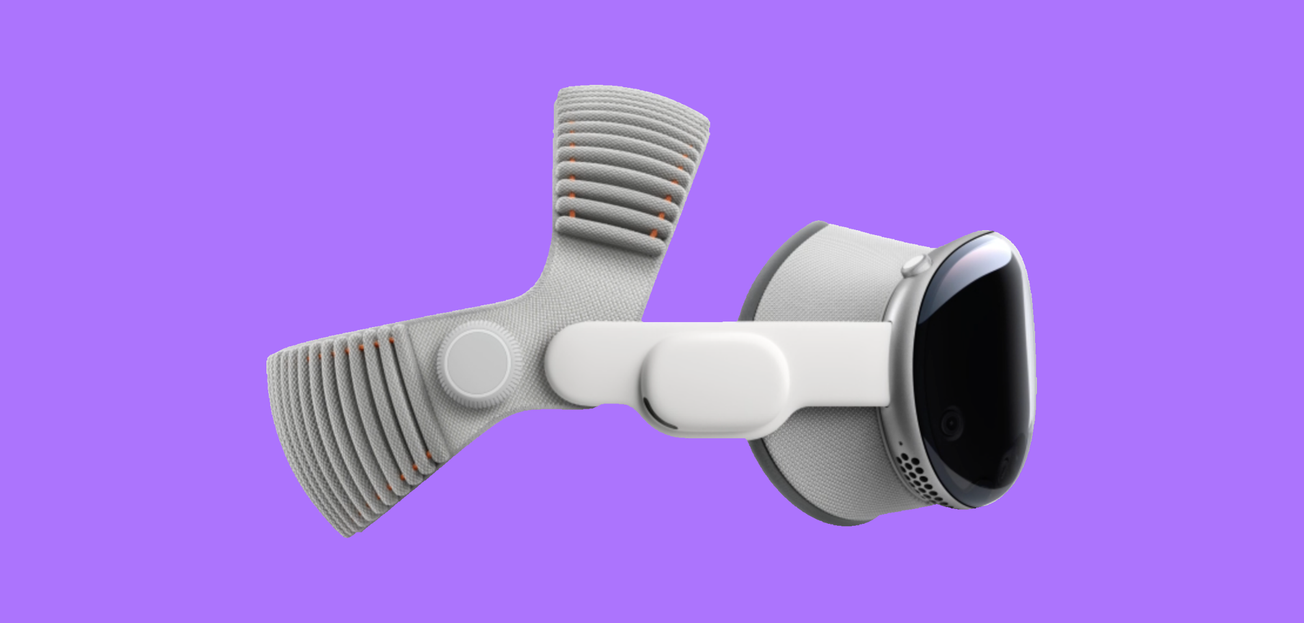Sea of Data, at the National Museum of Modern and Contemporary Art (MMCA) in Seoul, brings together more than two decades of work by Berlin-based artist Hito Steyerl. Known for combining documentary, speculative film, and video installation, Steyerl examines surveillance, militarization, and digital visual systems with a blend of metaphor, humor, and pointed critique. Her practice moves between art, philosophy, and politics, asking urgent questions about how images operate in an interconnected, data-driven world.
The exhibition’s title references Steyerl’s 2016 essay A Sea of Data: Apophenia and Pattern (Mis-)Recognition, which addresses how digital culture transforms reality through algorithms, data labor, and networked platforms. In the MMCA presentation, these ideas unfold through 23 works that trace her evolution from early documentary films to new commissions exploring AI, algorithmic culture, and digital capitalism.
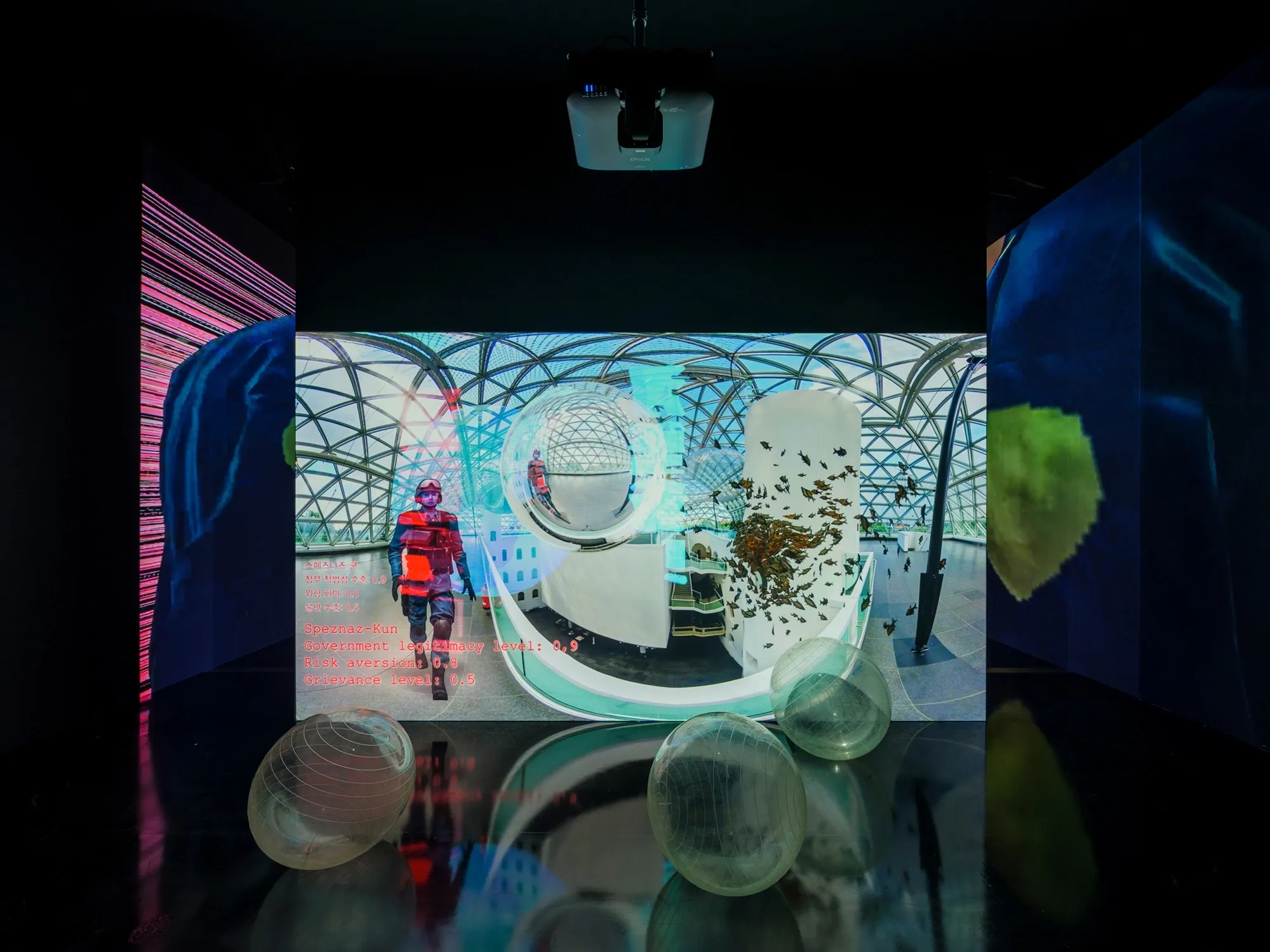
AI, Surveillance, and the Politics of the Image
The opening section, A Sea of Data, focuses on image production and circulation in a networked society. Works like Factory of the Sun (2015), The City of Broken Windows (2018), Mission Accomplished: BELANCIEGE (2019), This is the Future (2019), and SocialSim (2020) examine how AI, algorithms, and the metaverse reshape perception, labor, and cultural value.
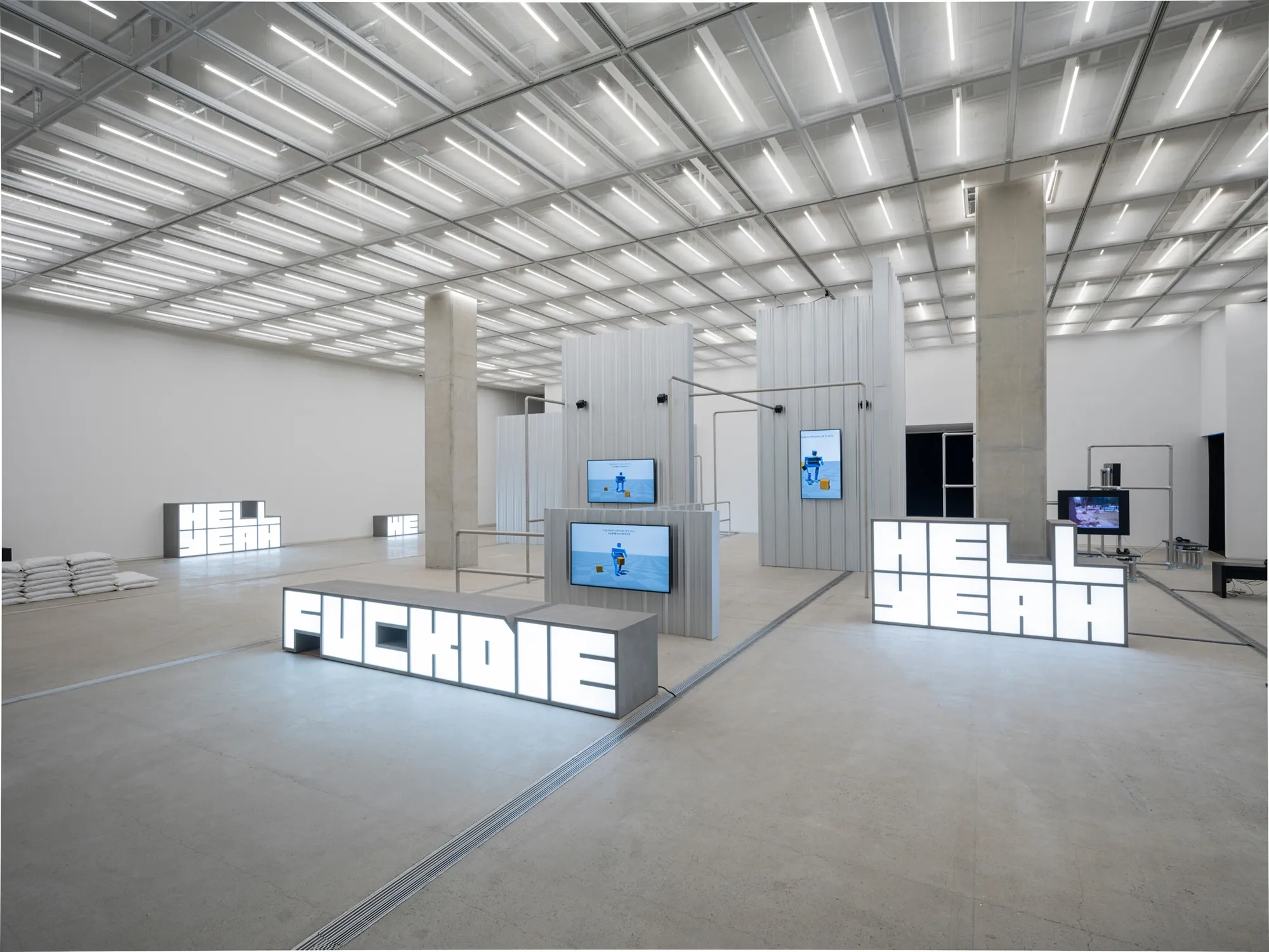
The newly commissioned Animal Spirits (2022) draws on economist John Maynard Keynes’ term for the psychological drivers of markets, pairing it with ecological metaphors from Spanish shepherding traditions. It reflects on volatile cryptocurrency and NFT economies, placing them in dialogue with ancient modes of environmental stewardship.
The second section, How Not to Be Seen: Digital Visuality, centers on Steyerl’s widely discussed How Not to Be Seen: A Fucking Didactic Educational .MOV File (2013). The work addresses the hierarchy between the “seen” and “unseen” in an era of pervasive mass surveillance, data capture, and algorithmic monitoring. By staging playful yet incisive instructions on disappearing from digital visibility, Steyerl exposes the uneven power structures embedded in contemporary image culture.
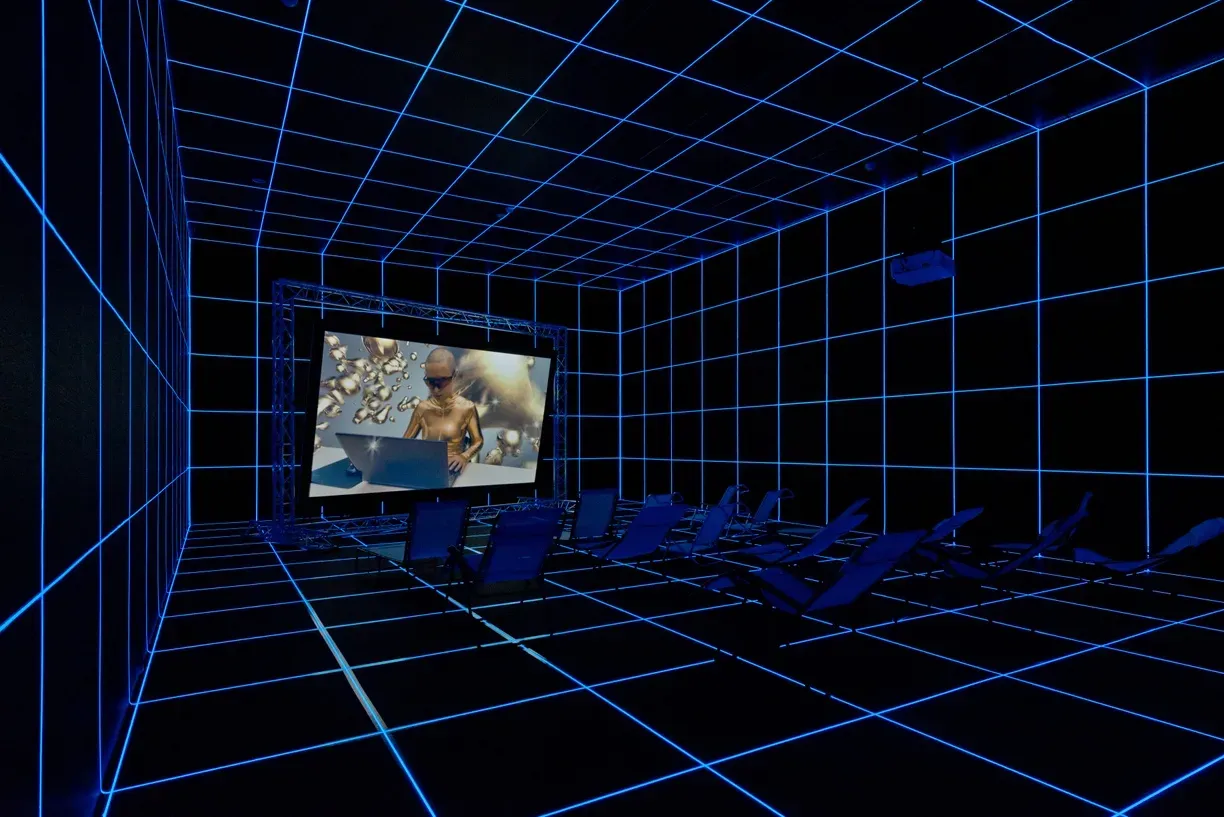
Technology, War, and the Role of the Museum
The section Technology, War and Museum explores the hidden connections between technological utopianism and military infrastructure. The Tower (2015) and Hell Yeah We Fuck Die (2016) deconstruct the myths of progress often attached to new technologies, revealing how innovation is entangled with global conflict. In Duty Free Art (2015) and Guards (2012), Steyerl turns her attention to the contemporary art museum itself. Rather than treating it as a neutral cultural space, she examines the institution as an active participant in political, social, and economic systems. Here, the museum becomes both a site of preservation and a node in the broader network of digital capitalism.
Other works, including Liquidity Inc. (2014) and In Free Fall (2010), articulate what Steyerl calls “circulationism” — the global flow of people, capital, and information. Her concept of the “poor image” reframes low-resolution digital files not as degraded artifacts, but as mobile, democratic, and resistant to the hierarchies of high-resolution, proprietary imagery.
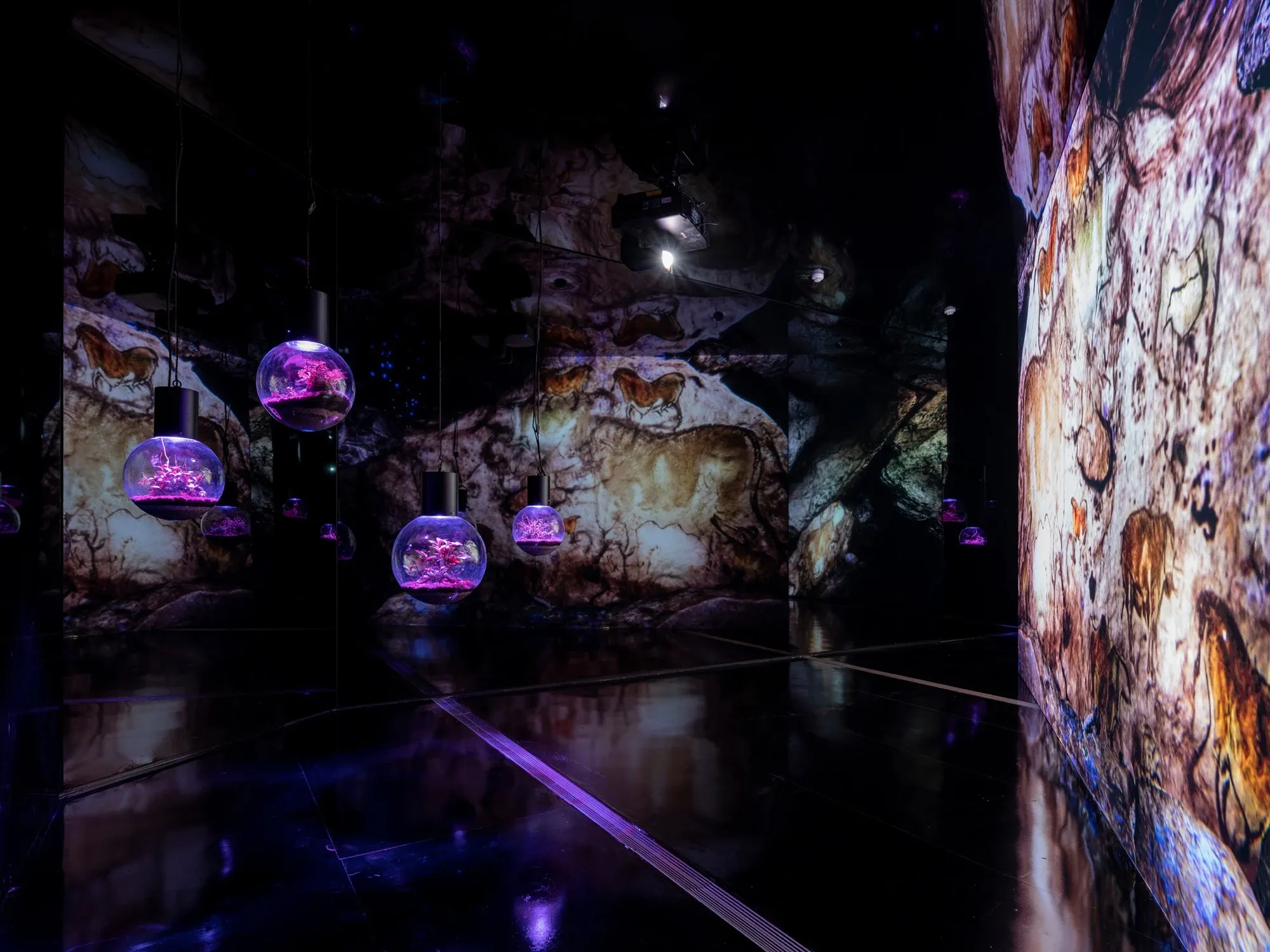
From Documentary to Digital Culture
The final section, Documentation and Fiction, traces Steyerl’s trajectory from early 1990s–2000s documentary filmmaking to her current hybrid practice. Films like Germany and Identity (1994), The Empty Centre (1998), and later In Free Fall engage with themes of racism, anti-Semitism, and inequality in post-reunification Germany. These early works foreground her investigative approach, which she now applies to topics such as AI ethics, algorithmic bias, and the geopolitical forces shaping the visual field.
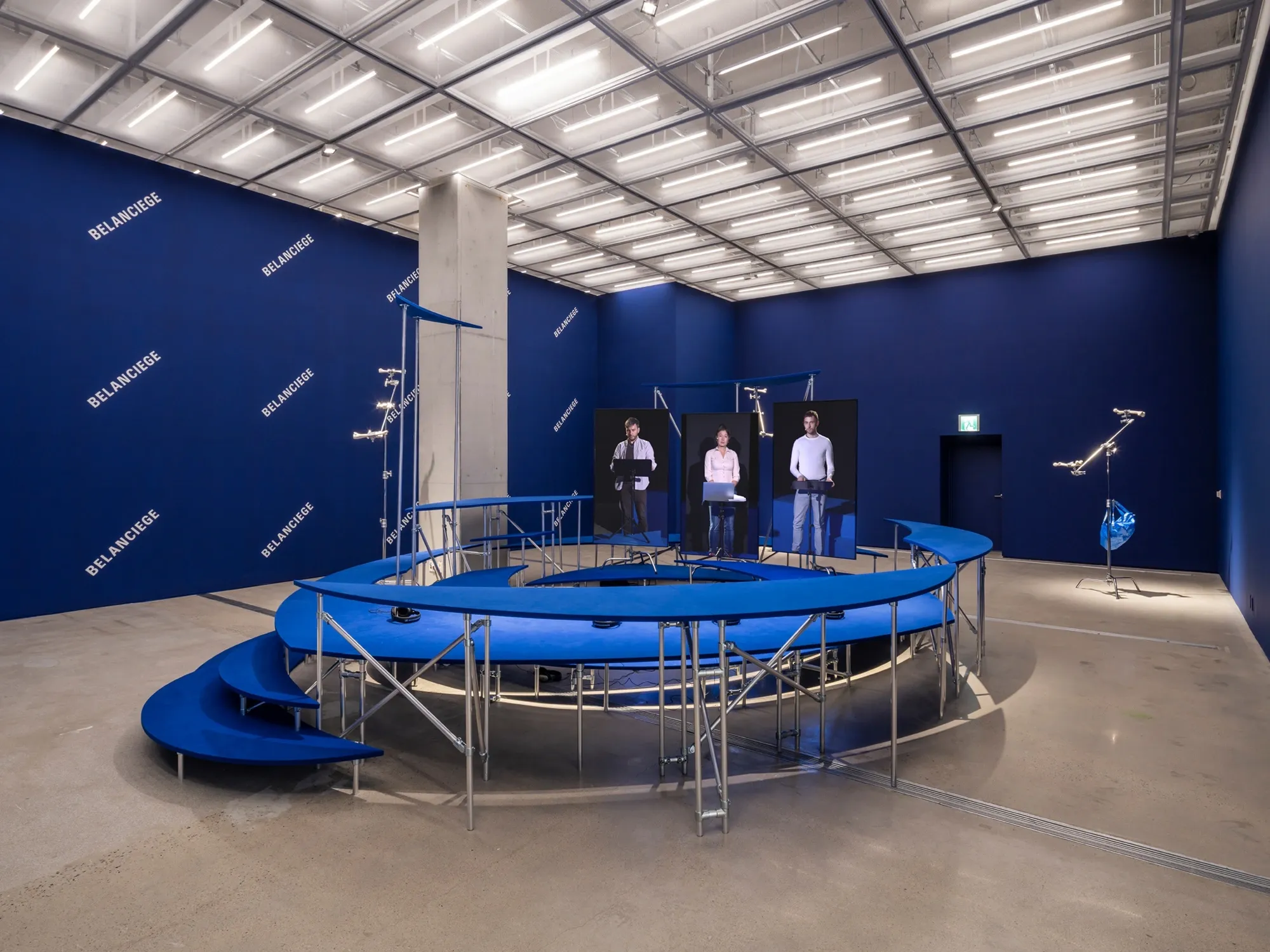
Across the exhibition, Steyerl’s works pose critical questions: Can technology mitigate the crises it has helped create? What is the role of art institutions in an era defined by planetary instability, rising inequality, and monopolistic digital platforms? How do low-resolution images, or “poor images,” influence our understanding of reality?
By structuring Sea of Data into five thematic sections — from digital visuality to global fluidity — MMCA offers an expansive view of Steyerl’s contribution to contemporary art. The exhibition underscores her role as a leading voice in examining how media technologies intersect with power, economics, and identity.

